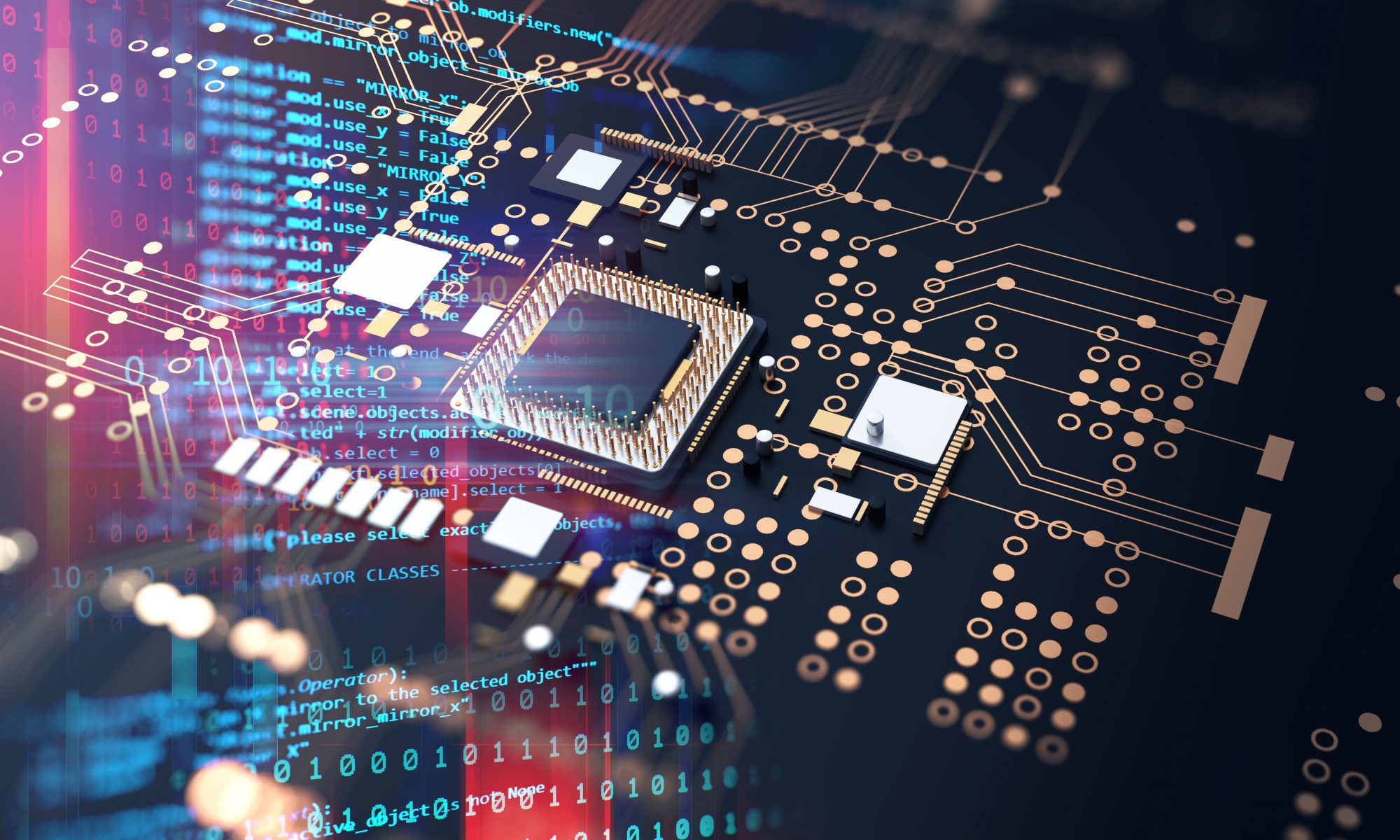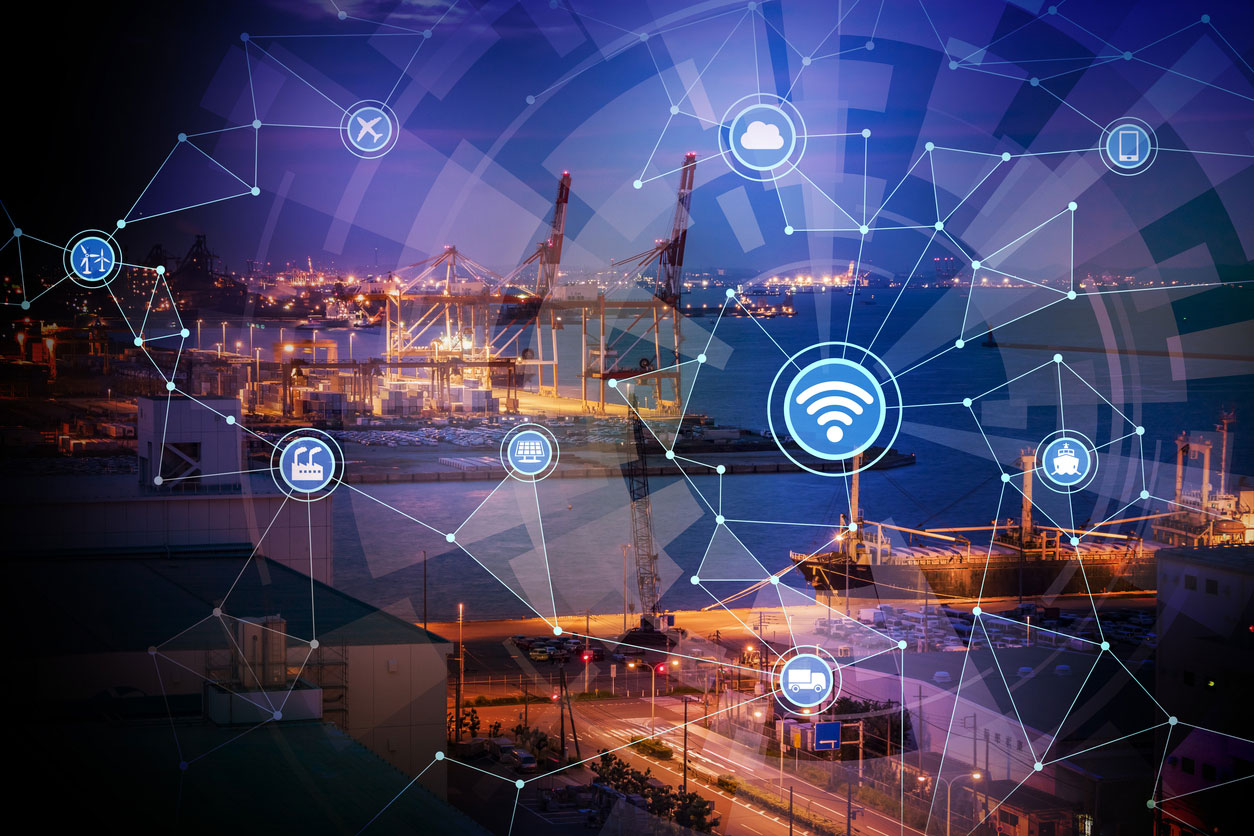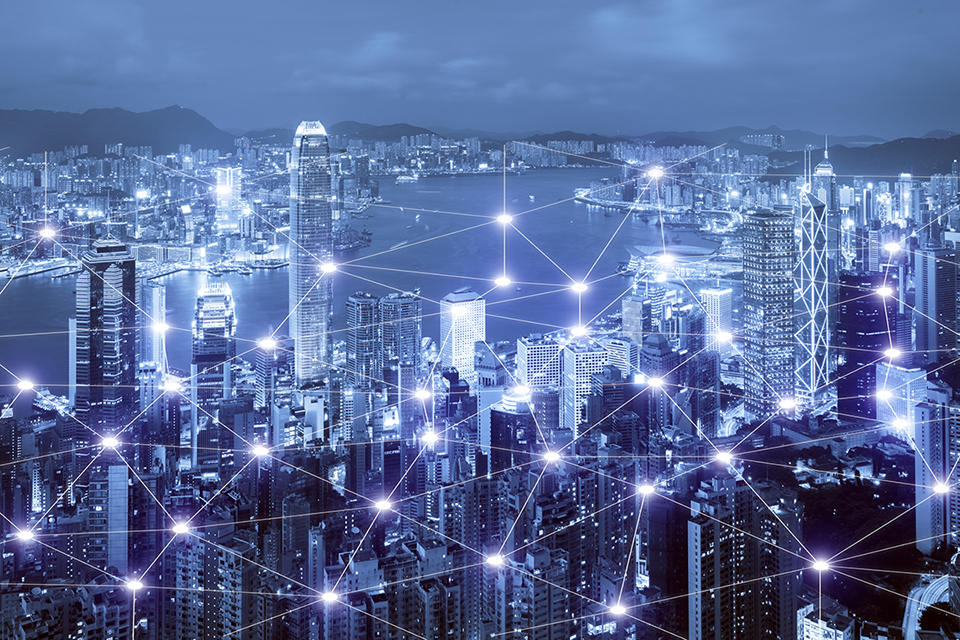BehrTech Blog
IoT in Renewable Energy: 4 Ways to Optimize A Solar Farm
Amid growing environmental issues, the energy sector is undergoing significant transformation with a rapid transition towards sustainable power resources. According to the Guardian, global supplies of renewable electricity could increase by 50% in just five years. Unsurprisingly, a surge in the low-cost solar energy is predicted to be the key driver of this growth. As a vast, clean and inexhaustible alternative to fossil fuels, solar power will be an integral part of our future energy grids. With the scale of solar farms quickly ramping up, energy companies need a new approach to managing their assets and ensuring a smooth integration of renewables into the grid. Expanding applications of IoT in the power sector could be a powerful force in this journey.
Challenges of Utility-Scale Solar Farms
Installing and running a utility-scale solar farm is a huge project. While regarded as a relatively mature technology, photovoltaic (PV) solar energy still comes with high unpredictability. Any changes in weather conditions like solar radiation and ambient temperature could cause fluctuations and instability in power outputs. This increases pressure on the grid to maintain consistent electricity supply. As such, continuous environmental monitoring at solar farms is vital to ensure an accurate forecast of power generation rates and respective adjustments in the grid.
Dependence on external conditions isn’t the only hurdle of large-scale solar operations. To optimize the overall efficiency of a solar farm, each panel must operate at peak capacity. Measuring total power outputs of the farm isn’t an issue. However, recording what’s happening at individual modules has been challenging, especially with hundreds or even thousands of on-field PV panels. Wired sensors are common among existing monitoring systems, but the high hardware and installation costs limit a scalable deployment. Therefore, even if inefficiencies are pinpointed on a network level, it’s difficult for operators to trace their root causes. The lack of visibility also causes maintenance to be done either too late or too frequently.
Optimize Solar Farm Operations with IoT in Renewable Energy
Today, IoT technologies have made a breakthrough in remote monitoring to help energy companies better manage their solar power production. Reduced sensor costs and the emergence of innovative connectivity now enable simple and affordable deployment of granular monitoring networks at large-scale solar farms. With such a network, operators can collect critical external and production parameters panel-by-panel and easily access this data from a central user interface. This opens compelling possibilities to improve the efficiency and reliability of solar energy systems.
1. Improved Asset Performance
By combining different data like solar radiation, temperature, wind speed, dust levels and energy outputs of individual panels, grid managers can uncover low-performing units and potential causes. This helps optimize reparation and maintenance planning to enhance asset performance. For example, reduced energy outputs combined with high particle levels in the air could indicate panel soiling and suggest more regular cleaning schedules. Likewise, low efficiencies of individual modules could reveal insulation, configuration and alignment issues.
2. Enhanced Worker’s Productivity
With the granular visibility, technicians can instantly locate and troubleshoot error sources, instead of wasting time inspecting every single panel. What’s more, automated data collection reduces field trips to only maintenance and reparation purposes, freeing up technicians’ time for more important tasks.
3. Effective Production Forecast
Beyond reactive response, the benefits of IoT for renewable energy also include better production forecasts and improved grid stability. With enough historical data at hand, energy companies can apply analytical and predictive models to calculate power generation rates under given weather conditions. As such, they can anticipate how much solar energy can be produced on a certain day, and how other energy resource inputs should be adjusted for demand-supply balance in the grid.
4. Theft and Vandalism Prevention
An IoT-based monitoring system is also a powerful tool to help protect solar panels against theft and vandalism attempts, especially in rural areas. For example, IoT sensors can detect suspicious movements around a panel or if it is dismantled from the supporting structure. An alarm can then be automatically triggered for operators to timely intervene.
Low Power Wide Area Networks (LPWAN) for IoT in Energy
While there are a plethora of wireless standards and protocols today, not all are designed to support granular IoT monitoring systems. You want a solution that is reliable, scalable, but also cost-effective to support the vast number of end points on a utility-scale solar farm. To ensure easy setup and maintenance, devices should be able to operate on independent batteries for years. At the same time, the whole network must allow for straightforward integration into your existing IT environment.
Low Power Wide Area Networks (LPWAN) have established their stand in the smart metering sphere, but their largest potential lies in remote monitoring scenarios. And, the solar sector certainly has its share in this. By providing the packet size and data rates that are aligned with telemetry use cases, LPWANs bring distinct advantages in terms of range, power and costs. With a robust and scalable technology, you can stay on top of your solar systems and seamlessly connect new assets as your business grows. Also, a private, software-driven LPWAN architecture can help you keep data privacy and ownership issues at bay.
The potential of IoT in renewable energy is boundless, particularly with the rise of solar energy. Leveraging innovative connectivity like LPWAN, the future smart grid could be fueled with critical data on energy supply for effective load balancing and demand responses. What’s more, grid managers can attain full visibility into energy production on a unit level and understand how individual assets are performing. This altogether facilitates a smooth transition towards a sustainable, renewable-driven energy grid.






















